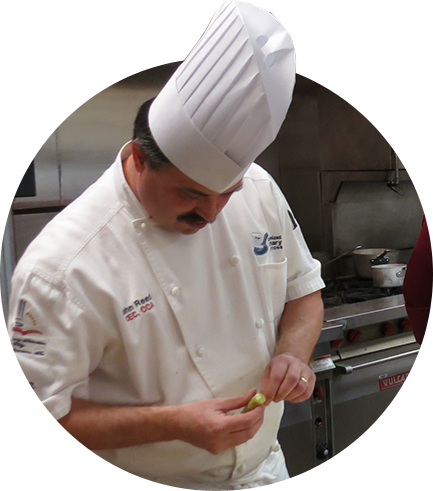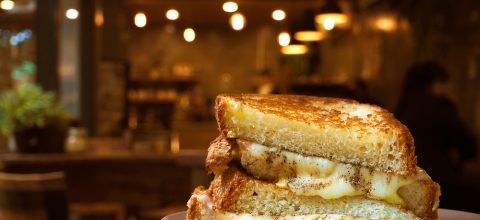As going back to the office becomes a reality, so does the realization that B&I contract management companies that operate thousands of small food service operations in office spaces, need to be prepared for these employees and their need to eat.
Consumer confidence in these operators will be completely dependent on the operator’s ability to create a welcoming, safe environment and offer practical solutions for purchasing their morning coffee, favorite sandwich or sweet treat.
Some of the unknowns are how many workers will return to the normal at work-day verses work from home. Even if they do return, property managers and human resources may make changes traditional schedules such as staggered shifts and breaks to accommodate the social distancing guidelines. This will also affect the movement and traffic flow of workers with added health screenings, limited numbers of workers or guests on elevators and use of common areas traditionally used for eating spaces that may not be able to be sanitized on a more frequent schedule.
With all these challenges facing service, the operators face an unknown world of leases, contracts, staffing, operating costs that were already impacting the P&L and making ant hopes of regaining losses in the short term more difficult, especially in a historically low-margin business. The long-term forecast is even harder to understand if these fundamental shifts in society are temporary or permanent.
The two factors that are immediately impacting what an operator can offer in the office environment are:
Reducing the physical contact points of a guest’s experience
This is where multiple customers may come in contact with an object. Hence the elimination of self-serve beverages, buffets and concern over touch screens applications such as self-ordering kiosks and POS systems.
Physical Distancing
Ensuring that customers who may or may not wear the recommended masks are instructed to follow specific distance rules, and traffic patterns with an operation directing them down a specific path for making a selection or payment. This also applies to distances between staff and customers and the visual and perceived level of health safe to both food and customers.
When designing a menu that directly addresses these concerns as well as a part of a business model that can sustain itself beyond the anticipated levels of demand is key.
There are some obvious directions in designing menu items. Grab and Go focused on individual controlled portions that are wrapped sitting in a cooler has been common strategy as a supplemental sale to the traditional made to order or self-serve options. Now that is shifted to the primary sales model what kind of adjustments does and operator need to think about when Grab & Go becomes the core revenue stream for operators looking to re-open in this new B&I Environment
How much can we charge?
The first major challenge for an operator is price point. There is a definite perceived added value for a customer seeing food being made to order and the time involved from ordering to delivery. Hence made to order items can be priced higher that a pre-wrapped item. There is a definite stigma to some aspects of pre-prepared fresh items whether it be its freshness in conjunction consumer’s assumption that it should cost less. What are they really paying for when its already made?
What does it really cost us to make?
Pre-packing items is and can be more costly to an operation for many reasons. First is labor especially with sandwiches and salads. There are a lot of steps involved in assembling sandwiches and the steps of packaging. Second is the increased disposable and packing costs that may or may not have been fully considered in traditional costing methods. This added cost affects profitability but need to be considered when constructing building the recipes
What can we actually serve?
In some jurisdictions there are legal limits to what can go into a grab and go offering such as proteins on a salad, fully prepared meals that are designed to be heated outside of the facility. Local health department guidelines, labelling requirements such as ingredient decks and nutritional information may all play a part in menu design.
Was the facility designed to do grab and go?
The majority of foodservice designs were geared towards small footprints with high efficiencies with cooks making made to order products. We focused on rapid cooking and prep tables. No we need prep table space, rapid chill to extend shelf life and counter space for non-contact pick-up.
What does that look like on a menu?
There are many options, but they need to be designed around delivering a product that is:
- Appealing to the eye,
- Communicates freshness, transparency and quality through labeling and packaging
- Provides a price to value proposition
- Easily accessible to a customer and convenient to consume away from the operation
- Provides variety and dietary options looking for customizable experience
I will be addressing some of the culinary tips for designing and writing recipes designed around these principles.










